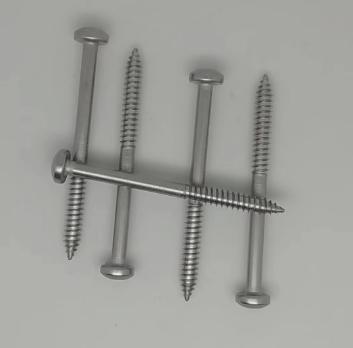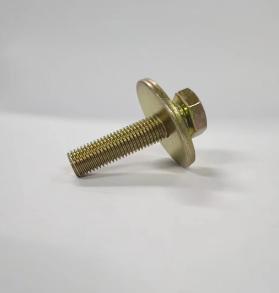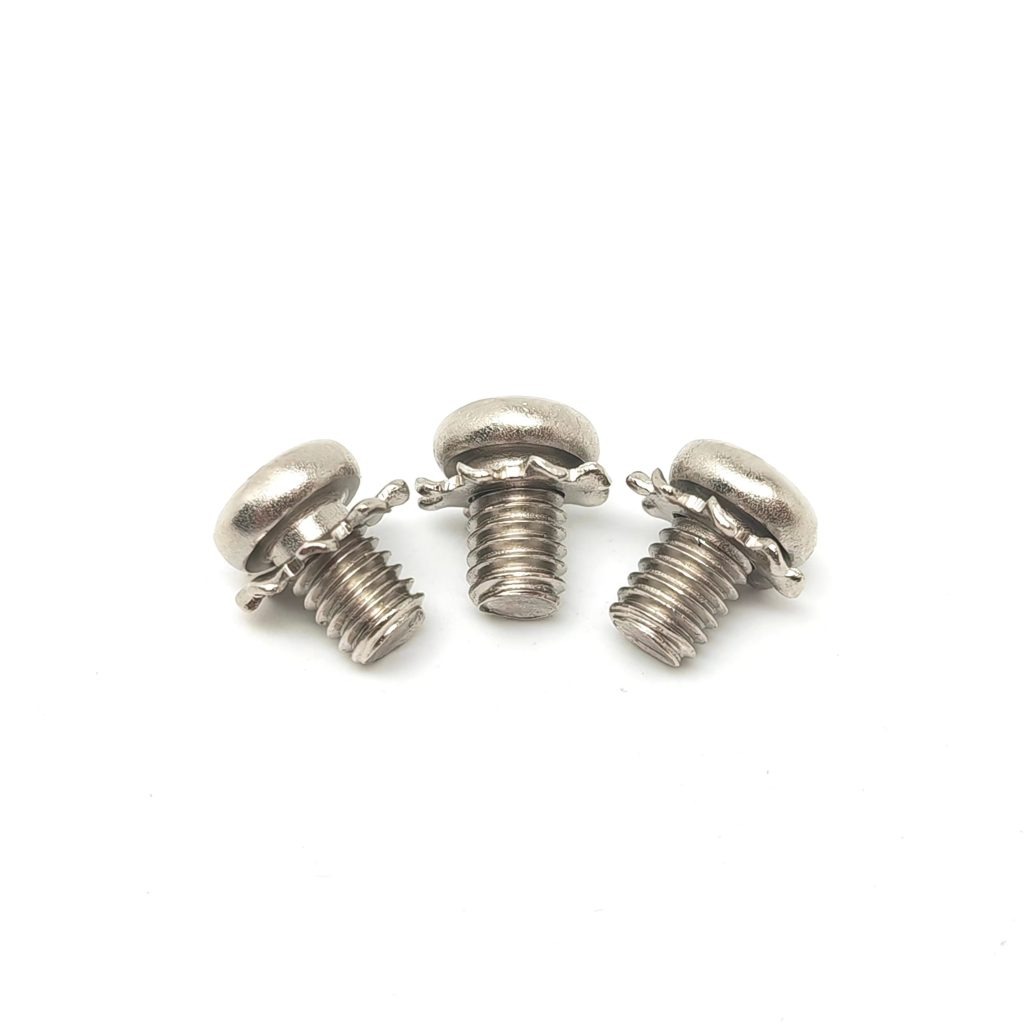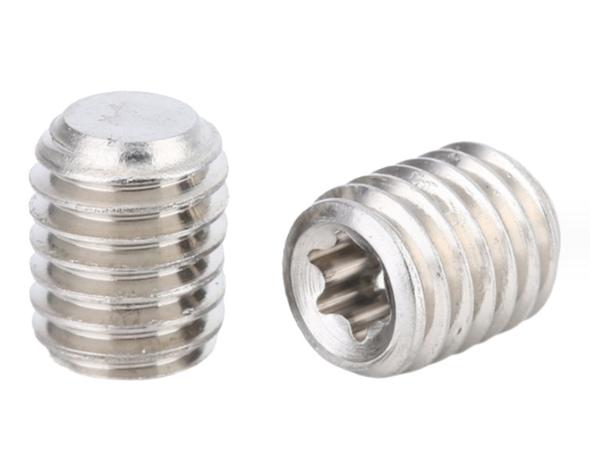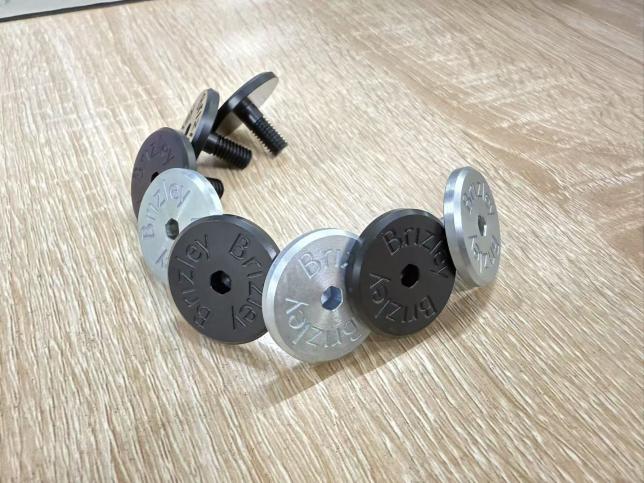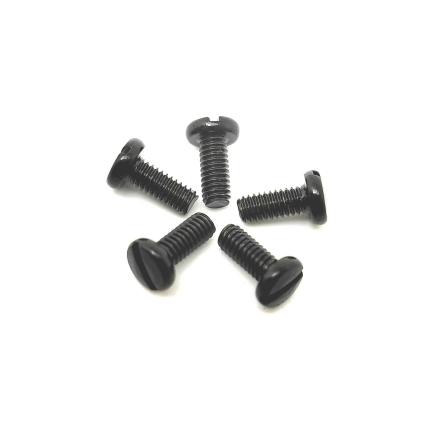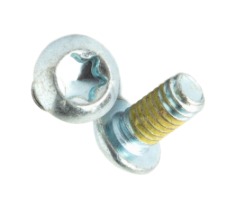Types of Screw Threads and Their Applications
Screw threads are a fundamental building block in the mechanical world. These seemingly simple ridges on a shaft or hole serve a crucial purpose: creating a strong, secure connection between two or more parts. But not all screw threads are created equal. Different applications demand different thread designs, and selecting the right type is essential for ensuring a successful outcome. This article explores the various types of screw threads, their applications, and the key factors to consider when making your choice.
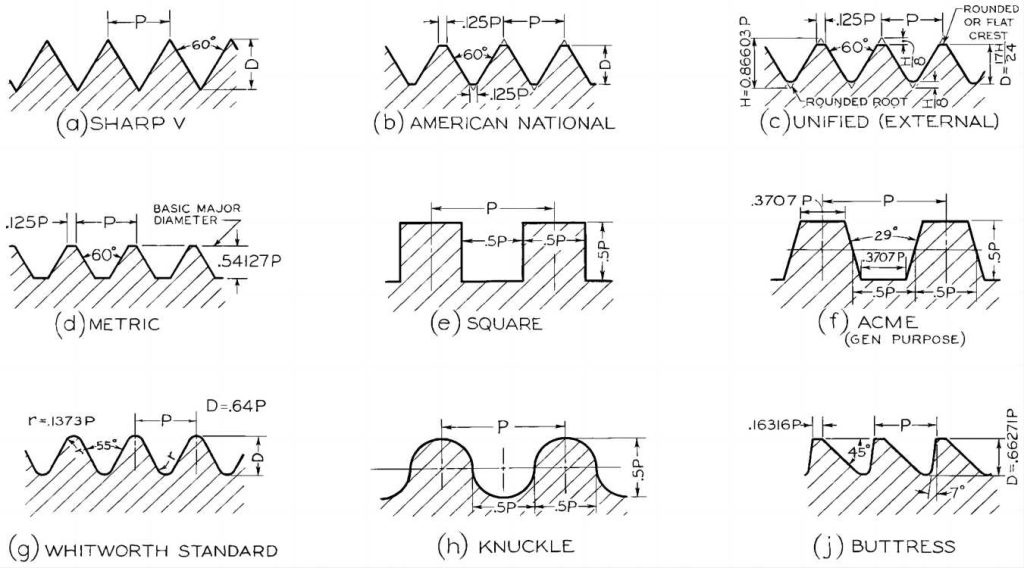
Common Screw Thread Types and Their Applications
- Metric Threads: As the international standard, metric threads are prevalent across various industries, including mechanical manufacturing, automotive, and shipbuilding. They come in two main categories: coarse and fine. Coarse threads, with a larger pitch (distance between threads), are ideal for large power equipment where high strength is a priority. Conversely, fine threads, featuring a smaller pitch, are better suited for smaller devices or applications requiring a tighter seal.
- Unified Threads: Primarily used in the United States and Commonwealth countries, unified threads also have coarse and fine variations. Similar to metric threads, coarse threads cater to structurally heavy equipment, while fine threads find application in lighter structures.
- Pipe Threads: Designed specifically for connecting pipes, these threads come in two primary standards: NPT (National Pipe Thread) and BSPT (British Standard Pipe Thread). NPT, the US standard, is commonly used for general engineering purposes. BSPT, the UK standard, is frequently employed for water, gas, and oil pipe connections. Both NPT and BSPT threads are tapered, creating a tighter seal as the connection is made.
- Special Threads: Beyond the standard metric and unified threads, there exists a world of specialized thread designs catering to unique applications. Some notable examples include:
- Rectangular Threads: These threads offer high efficiency in converting rotary motion into linear motion, making them ideal for lead screws in machine tools.
- Trapezoidal Threads: Similar to rectangular threads, trapezoidal threads excel in transmitting power but offer better self-locking properties due to their wedge shape. They are commonly found in jacks and vises.
- Sawtooth Threads: Featuring prominent sawtooth-like projections, these threads provide superior grip and resistance to vibration. Applications include connections in heavy machinery and automotive components.
- Triangular Threads: Triangular threads are the most common thread type, used for general fastening purposes. Examples include bolts, nuts, and screws used in everyday applications. They provide a reliable connection and are easy to manufacture.
- Square Threads: Square threads are used in applications where high transmission efficiency is required, such as in vise screws and crane lifting mechanisms. Their design reduces friction, allowing for smoother motion under load.
- Ball Threads: Ball threads offer the highest transmission efficiency, making them ideal for precision machinery. They are used in applications requiring precise linear movement, such as in CNC machines and robotics.
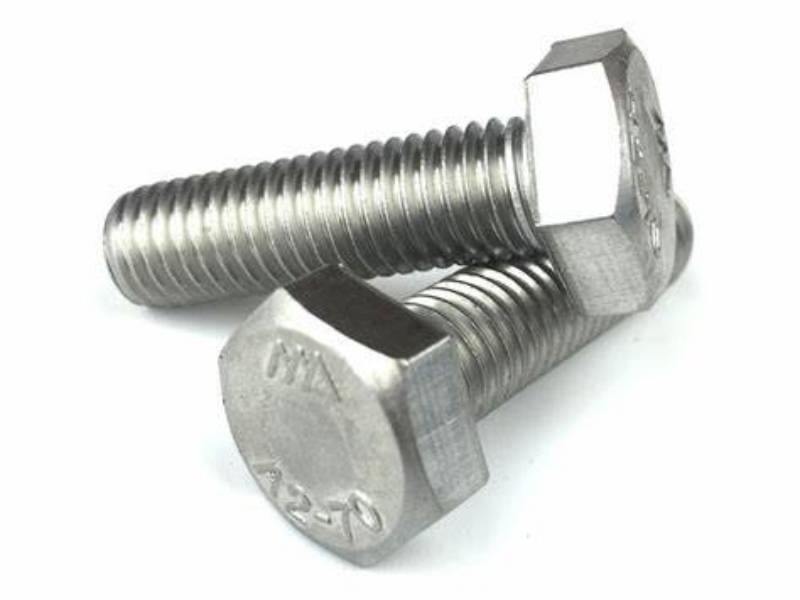
Differences Between Metric and Unified Threads
While both metric and unified threads serve similar purposes, some key distinctions exist between them.
1. Thread Shape and Angle
- Metric Threads: Metric threads have a 60-degree thread angle and are measured in millimeters. This universal standard is widely accepted in many non-English-speaking countries.
- Unified Threads: Unified threads also feature a 60-degree angle in the American system and a 55-degree angle in the British system. These threads are prevalent in the US, UK, and former British colonies.
2. Size Representation
- Metric Threads: The size of metric threads is indicated by the nominal diameter and pitch. For example, M8x1.25 means a thread with an 8mm diameter and a 1.25mm pitch.
- Unified Threads: The size of unified threads is based on the diameter in inches and the number of threads per inch (TPI). For instance, 1/4″-20 means a thread with a 1/4 inch diameter and 20 threads per inch.
3. Application Contexts
- Metric Threads: These threads are widely used internationally and are preferred in many engineering and manufacturing applications due to their standardized measurement system.
- Unified Threads: Unified threads are common in the US, UK, and regions influenced by British standards. They are used extensively in the construction, automotive, and machinery industries.
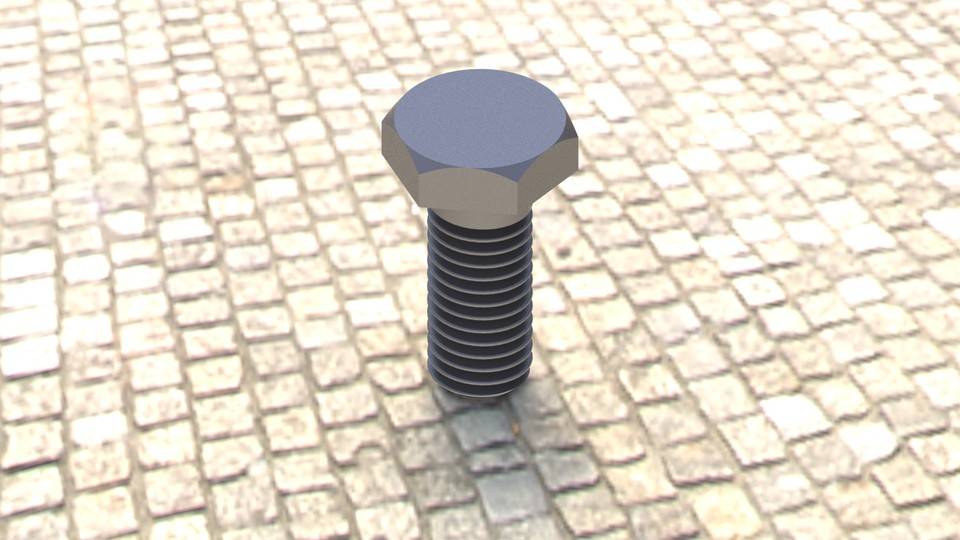
Understanding the Specificity of Pipe Threads
Pipe threads present a unique case within the world of screw threads. Here’s a breakdown of the two main standards:
- Metric Pipe Threads: Metric pipe threads come in two variations: straight and tapered. Straight pipe threads (designated by G) provide a tight fit for low-pressure applications. Tapered pipe threads (designated by ZG) create a stronger seal due to their tapered design, making them suitable for higher-pressure environments.
- Unified Pipe Threads: The US standard, NPT, is a tapered thread commonly used for sealing purposes in pipes. The UK standard, BSPT, also features a tapered design and finds application in water and gas pipe connections.
When selecting pipe threads, compatibility is paramount. Ensure the threads on both parts conform to the same standard (NPT, BSPT, etc.) to guarantee a proper and leak-proof connection.
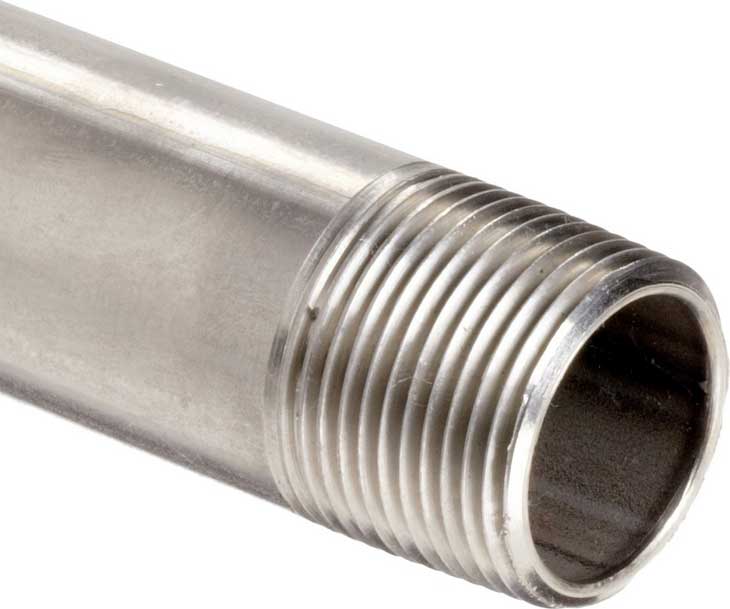
Why Choose Different Thread Types for Different Applications?
Selecting the most appropriate screw thread type hinges on several critical factors specific to your application:
- Mechanical Performance Requirements: Different thread designs offer varying degrees of strength, hardness, and toughness. High-strength and high-hardness threads can withstand greater stress and impact, making them ideal for heavy-duty applications. Conversely, applications requiring frequent disassembly or involving softer materials might benefit from threads with lower hardness.
- Work Environment: The environment in which the threaded connection will operate significantly influences the choice of thread type and material. High temperatures, high pressures, or corrosive environments necessitate specific thread designs and materials with superior resistance to those conditions. For instance, corrosion-resistant materials like stainless steel are crucial in applications exposed to moisture or corrosive substances.
- Connection Reliability: In safety-critical applications where vibration or dynamic loads are present, self-locking thread types become essential. These threads possess inherent features that prevent them from loosening unintentionally, ensuring a reliable connection. Examples include threads with a wedge shape or those that create friction through their design.
- Machining and Assembly Ease: Different thread types may necessitate specific machining tools and techniques. Selecting a thread type compatible with your existing equipment and expertise can streamline the manufacturing process, reduce costs, and enhance assembly efficiency.
- Standardization and Compatibility: Standardized threads ensure parts from various manufacturers can be assembled seamlessly. This is particularly crucial for maintenance and repair scenarios where replacing components might involve parts from different sources. Different countries and industries often adhere to specific thread standards. Selecting threads compliant with the relevant standard facilitates global compatibility.
- Cost-Effectiveness: While functionality remains paramount, cost is always a consideration. Selecting a cost-effective thread type that fulfills the technical requirements of your application helps maintain project budgets.
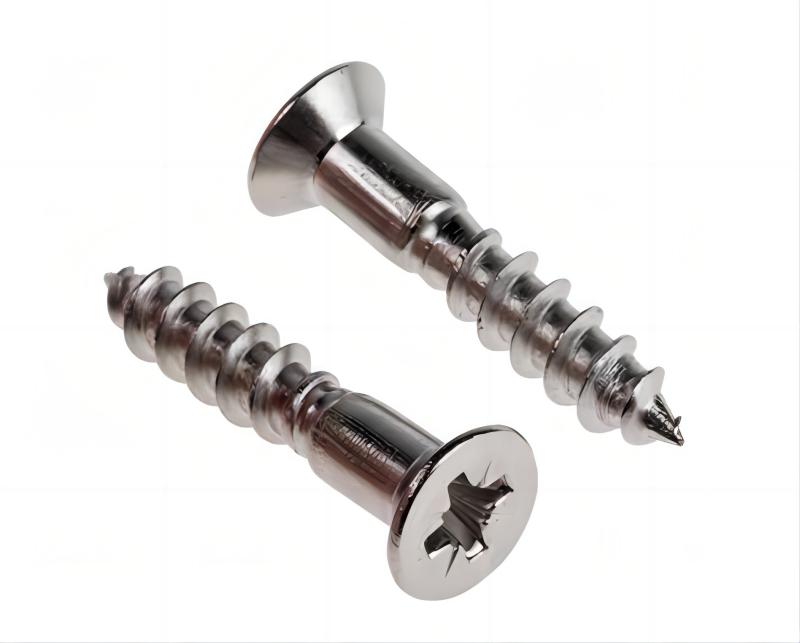
Examples of Special Threads and Their Applications
Beyond the common metric and unified threads, a diverse range of specialized thread designs cater to unique applications. Here are a few examples:
- Self-Tapping Threads: These innovative threads eliminate the need for pre-drilled holes. They feature a sharp point that drills its own path into the material (often sheet metal or plastic) during installation, creating threads and establishing a secure connection. This makes them highly convenient for applications like assembling furniture, appliances, and automotive components.
- VAM Special Thread: Developed by Vallourec, a French company, VAM threads possess a unique design with a specific position and structure. They excel in high-performance thread connections, particularly in challenging environments like horizontal and highly deviated wells used in oil and gas drilling. Their design prioritizes anti-bending and anti-slip properties to ensure reliable connections under demanding conditions.
- Oil and Gas Downhole Threads: The oil and gas industry utilizes a variety of specialized thread designs for downhole applications, where extreme pressure and harsh environments prevail. Some notable examples include:
- NK3SB Special Thread: This thread features a copper-plated or copper-sleeved surface for enhanced corrosion resistance. It finds application in downhole environments where the connection must withstand significant axial compressive loads and bending loads.
- SEG and TM Special Threads: These threads, designated by APIBC and featuring a phosphate surface, are specifically designed to perform reliably in the demanding downhole environments encountered in oil and gas exploration.
- SM-EF Special Thread: This oil casing thread form utilizes a galvanized surface for improved corrosion resistance. Its specific design parameters, including the guide face angle, load-bearing face angle, taper, and threads per inch, are optimized for achieving superior sealing effects in downhole environments.
Selecting the appropriate downhole thread standard necessitates careful consideration of the specific well conditions, pressure ratings, and material compatibility requirements.
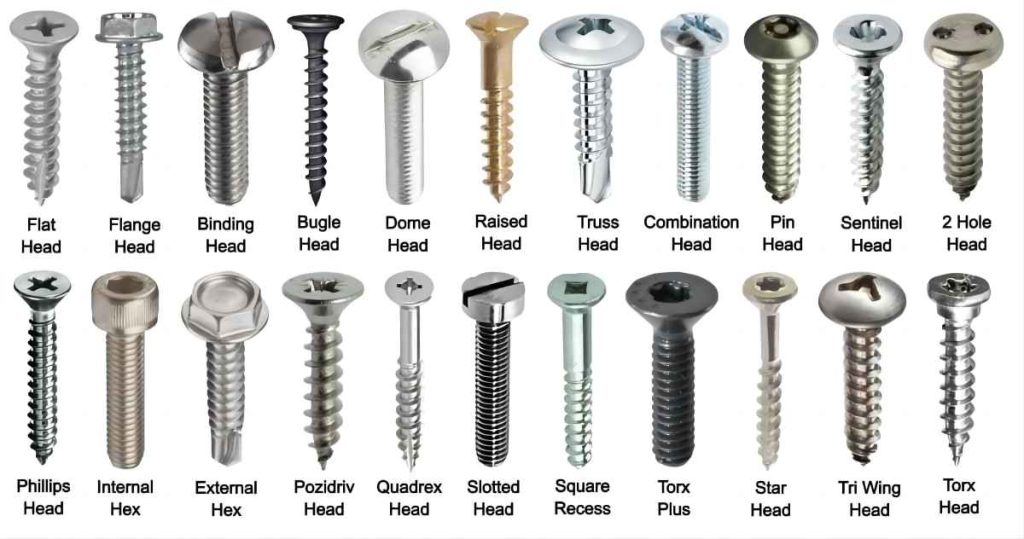
Conclusion
Screw threads, though seemingly simple, play a critical role in ensuring the functionality, strength, and reliability of countless mechanical systems. By understanding the various types of screw threads, their applications, and the key factors influencing selection, you can make informed decisions that guarantee successful outcomes in your projects. Remember to consult relevant industry standards and engineering resources whenever necessary to ensure you choose the most suitable screw thread type for your specific application. By doing so, you can create secure, long-lasting connections that contribute to the success of your mechanical endeavors.

